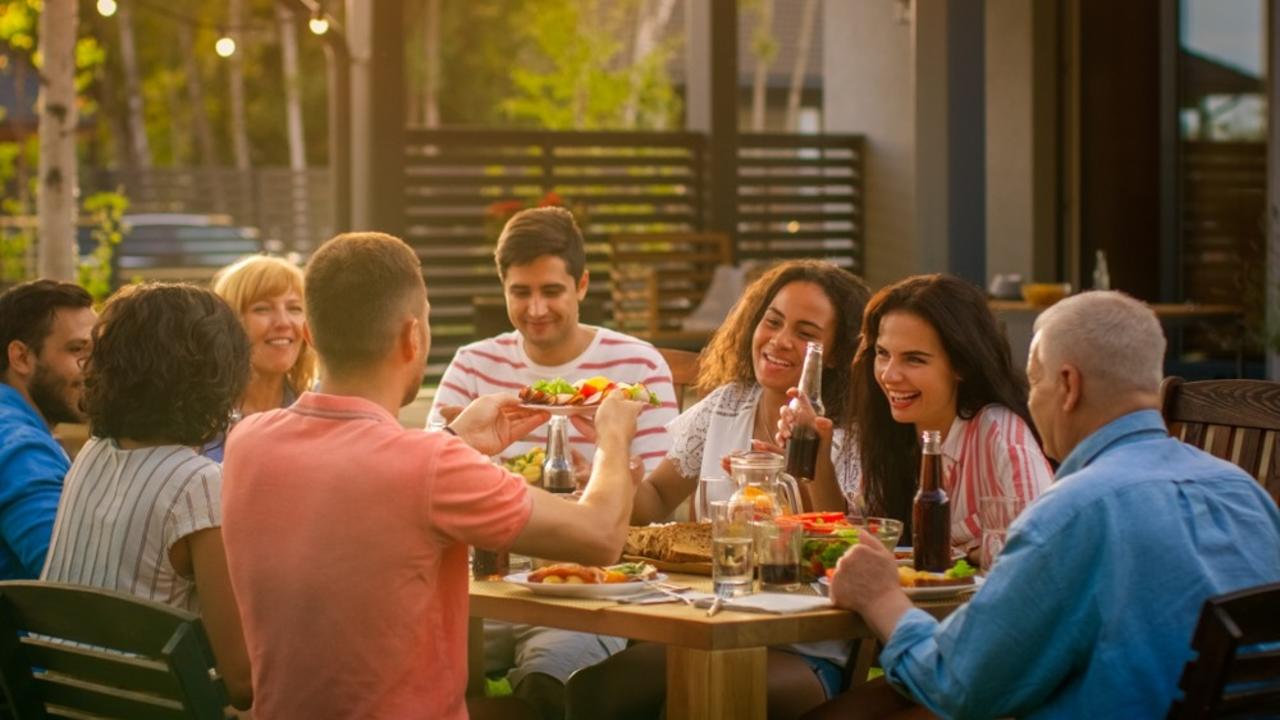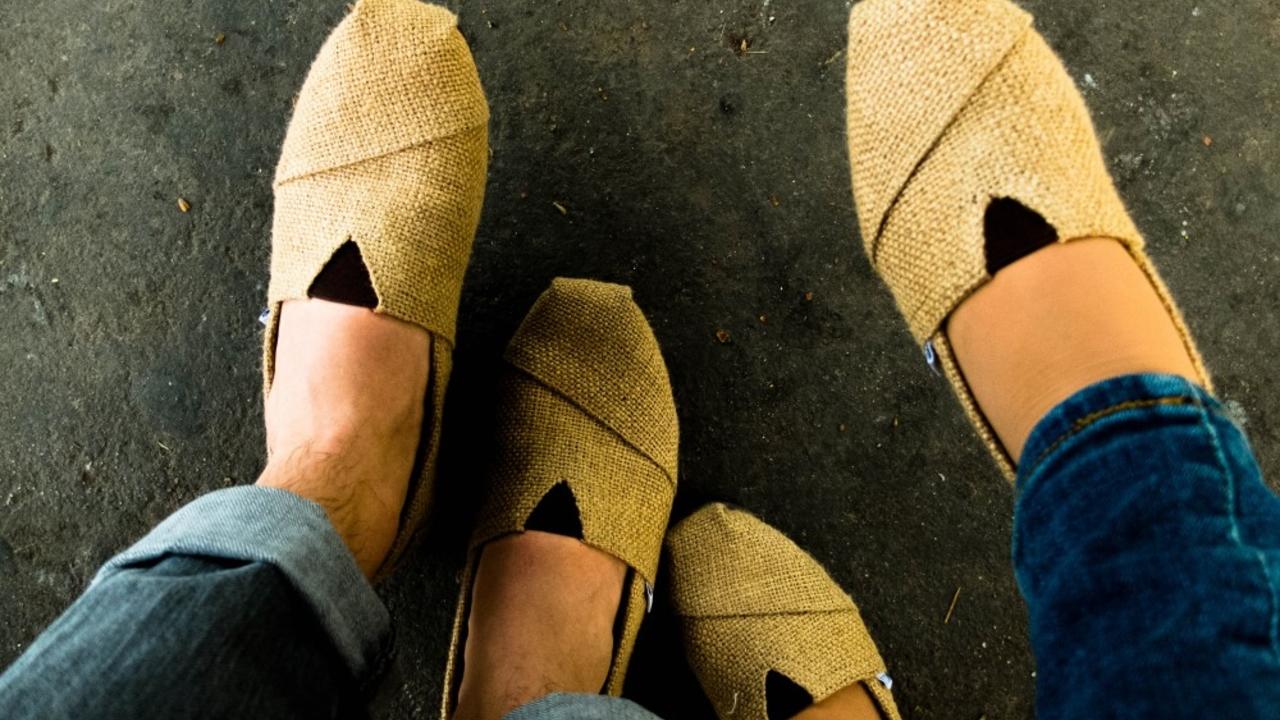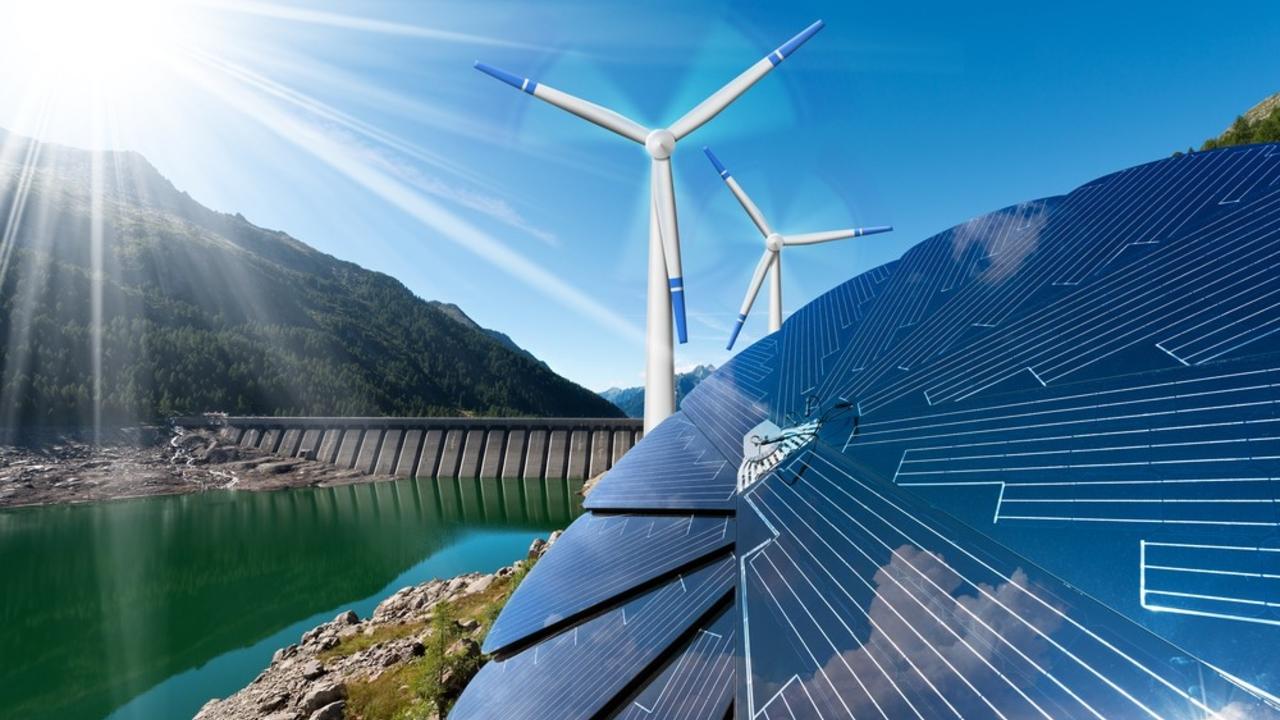Sustainable wellbeing and green living
Let's find ways to Flourish!
Co-Housing

Why consider Co-Housing?
I have a personal love of Co-Housing because I had very formative experiences in my 20s being part of a group of people who developed a Co-Housing building and community that still exists today, over 25 years later. It was a group of like-minded people who wanted more than the normal route of renting or owning their own space, we wanted that, but we also wanted community and more sustainable options. It was exciting, and a lovely way to live, that I look forward to being a part of again. We had close friends nearby, their children who knew us as surrogate aunts and uncles, and plenty of easy gatherings with our communal spaces and activities.
My husband AJ always said, “You know you are living in Co-Housing when it takes you 90 minutes and 2 beers to get up to your suite after work.” Indeed. And for a social person such as myself, having a sense of community and people who care for daily interactions helped to break down the norms of isolation and loneliness ...
TOMS

We all need to consume, but can our consumer behaviour actually do more good in the world than just support the businesses that we choose to buy from? Well, enter TOMS, everyone needs shoes and many people need glasses, just purchasing these items from the socially-conscious business, we can be a part of huge social and environmental good.
What is TOMS?
TOMS is a for-profit business that aims to improve lives and promote conscious consumerism. TOMS (short for “Tomorrow’s Shoes”) sells a style of shoe which is inspired by the simple canvas slip-on shoes that are popular in Argentina. Blake Mycoskie, the founder of TOMS, was inspired to create his business after visiting Argentina in 2006 and witnessing the struggles that children face when they do not have access to proper footwear. Children without shoes are exposed to an increased risk of injury and health issues. Sharp objects, rocky terrains, infections, and parasites become large concerns when a child must go barefoot. These obst...
Online Vintage Shops

You may have noticed that many vintage clothing styles from a wide variety of decades are coming back into style. For example, high-waisted denim jeans from the 80’s and 90’s are all the rage, vintage concert T-shirts are highly coveted, and vintage formalwear is being used to make a statement at various events such as holiday parties, new years eve, and even weddings! With trends from previous decades coming back into style, many people are purchasing vintage clothing, and with the rise of online vintage clothing shops, finding high-quality vintage pieces has been easier than ever!
Fashion cycles
This isn’t the first time we have seen old trends come back into style. The same trends can be seen coming in and out of fashion for decades. For example, the drop waist (a waistline on clothing that drops below the hips) first came into fashion in the 1920’s, creating the iconic flapper look. Since then, the drop waist has seen a revival in the 1960’s and 1980’s - and it will likely reappe...
Social Enterprises

Beyond the “bottom line”
Social enterprises are organizations that have two main goals: to earn revenue; and to achieve social and environmental wellbeing. Social enterprises can either be non-profit or for-profit. While social enterprises may look like traditional businesses, responding to social issues is a substantial part of their objectives, while reaching financial goals often comes secondary. This sets them apart from traditional businesses. The main purpose of a social enterprise is to make social change, whether that be by working with younger generations, raising funds for people in need, or selling fair trade products.
According to the Social Enterprise Council of Canada, “Social enterprises are community-based businesses that sell goods or services in the marketplace to achieve a social, cultural and/or environmental purpose; they reinvest their profits to maximize their social mission.”
A new approach
Social enterprise is a new business model that goes beyond simply do...
Reducing Waste at the Grocery Store

What is food waste?
It is known that grocery stores landfill a significant amount of produce. In fact, grocery stores account for 10% of U.S. food waste. Food waste is the edible portions of food that are thrown away or allowed to go bad. While this definition includes the scraps of food on your plate that you scrape into the garbage, it also includes the mass amounts of food at restaurants and retail locations that are thrown away. Food waste is problematic because instead of feeding the millions of food insecure families around the world, this food is being sent to the landfill.
The environmental costs
There are also environmental consequences associated with landfilling organic material. The anaerobic digestion of organic material in a landfill results in the production of methane, a greenhouse which has a global warming potential that is 25 times more powerful than carbon dioxide! In addition, when food is wasted, we are also wasting all of the fossil fuels, fertilizer, labour, ...
Alternative Electricity Generation

How electricity is generated
Electricity plays an important role in our everyday lives, as it has a wide variety of uses. We rely on electricity to heat, cool, and illuminate buildings such as our homes, businesses, places of work, schools, hospitals, and on and on. Electricity also powers our cellphones, washers and dryers, computers, televisions, and appliances. But do you ever spend time thinking about where your electricity comes from? Electricity is a secondary energy source, meaning that we (generally) cannot find it in nature. Instead, we get it from the conversion of other sources of energy.
Two of the most common sources of energy used in electricity generation are coal and natural gas. Electricity is generated in power stations or power plants through the use of large machines called turbines. The spinning of the turbines causes large magnets to turn within copper wire coils, resulting in the movement of electrons. This movement of electrons within the copper wire coils is ...
Passive Solar

What is passive solar design?
Well, it is really the best of all worlds when you can heat or cool your home by simply taking advantage of the sun’s incoming solar radiation. It is free, sustainable and smart! Instead of relying on electricity or natural gas to heat a building, passive solar designs make use of a renewable resource, resulting in a significantly lowered environmental footprint. The goal of passive solar heating is to capture the sun’s heat within a building and release it during periods where the sun is absent. This allows the building to maintain a constant comfortable temperature without the use of electricity or natural gas. There are two major considerations when designing a passive solar building. The first element is the building’s orientation and window placement. The second is the use of thermal mass to absorb, store, and release heat.
Orientation and window placement
The ideal passive solar building orientation depends on your location in the world. Building...
Right to Repair Technology

It is likely that at one point or another, one of your electronic devices has broken. Whether your screen cracked, or your microphone stopped working, broken devices can be a frustrating experience, especially when manufacturers make it expensive to get your devices repaired. In some cases, a repair can cost you more than buying a new electronic device would! Although third-party repair shops exist and may be able to fix your devices at a lower cost, their abilities are limited when it comes to repairs which require specialized parts. Unfortunately, it is common practice for manufacturers to restrict access to repair manuals, use parts that are unique to their products, and make their specialized parts inaccessible to consumers and small repair shops. This forces the consumer to choose between using “authorized” repair shops or purchasing a replacement.
The right to repair
The right to repair electronics is government legislation that is intended to allow consumers the ability to rep...
Cycling Maps and Apps

Reducing barriers
While cycling is a great workout as well as a low-carbon means of transportation, there can be many barriers that prevent us from getting out on our bikes as often as we would like to. Some of those issues can be lessened with the use of cycling maps and apps as they allow us to better plan safe and enjoyable cycling routes using shared knowledge of the best routes. In addition, apps can help us track our progress which is great for motivation and they can even connect us with others interested in cycling and sharing information on how to get the most out of our time on our bikes.
Benefits of cycling
Cycling is not only an efficient and environmentally friendly method of transportation, but it is also a great way to get active outdoors. Cycling is low impact, meaning that it causes less strain and injuries than many other types of physical activities. This means cycling is suitable to a wide variety of ages and abilities. Additionally, cycling is relatively easy t...
Connect and Catalyze for Change with Pivot19.org

We have seen many positive actions arise during the COVID-19 pandemic as people come together to support one another and lessen hardships in our communities. Some projects and movements have been focused on making lasting change for the better, and one of them that I was able to participate in is called Pivot19. I had the pleasure of meeting the organization’s founder and lead, Vince Verlaan and was interviewed by him as one of the Changemakers featured in this project that aims to be a catalyst for lasting change.
A Natural Turning Point
It is clear that positive social, economic, and environmental changes must be made in order to work towards a better future for all. The sudden impact of the novel coronavirus, COVID-19, should be regarded as a natural turning point for many of the environmental, social, and economic issues that have not only plagued our cities and countries for years, but have been exacerbated by the virus. Pivot19 is a grassroots movement that aims to drive these ...

